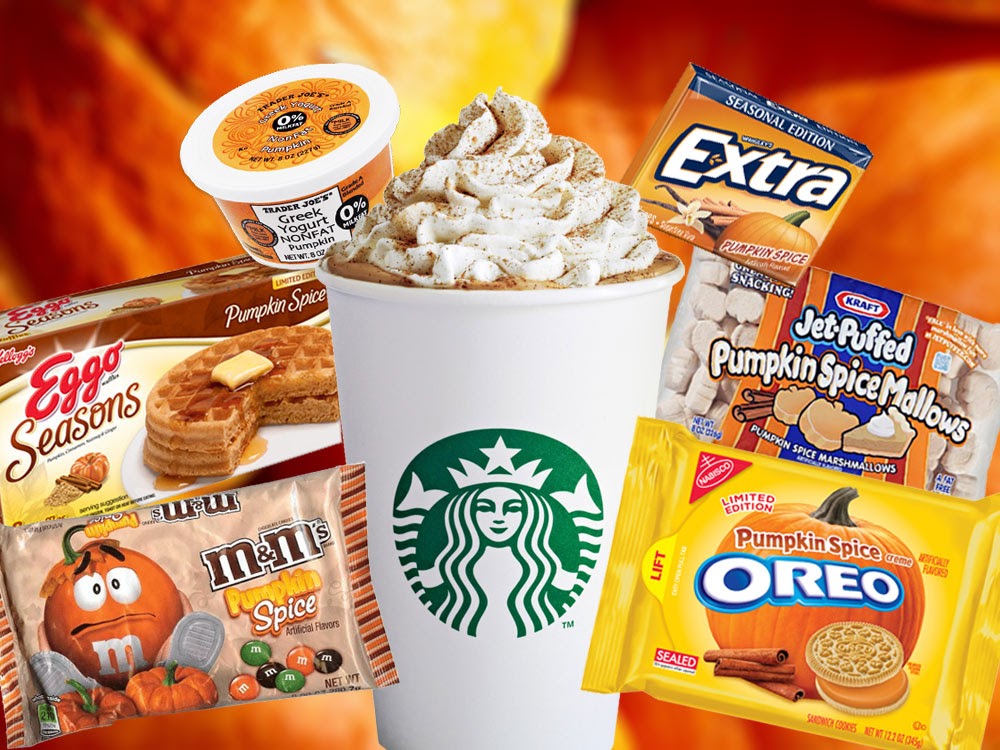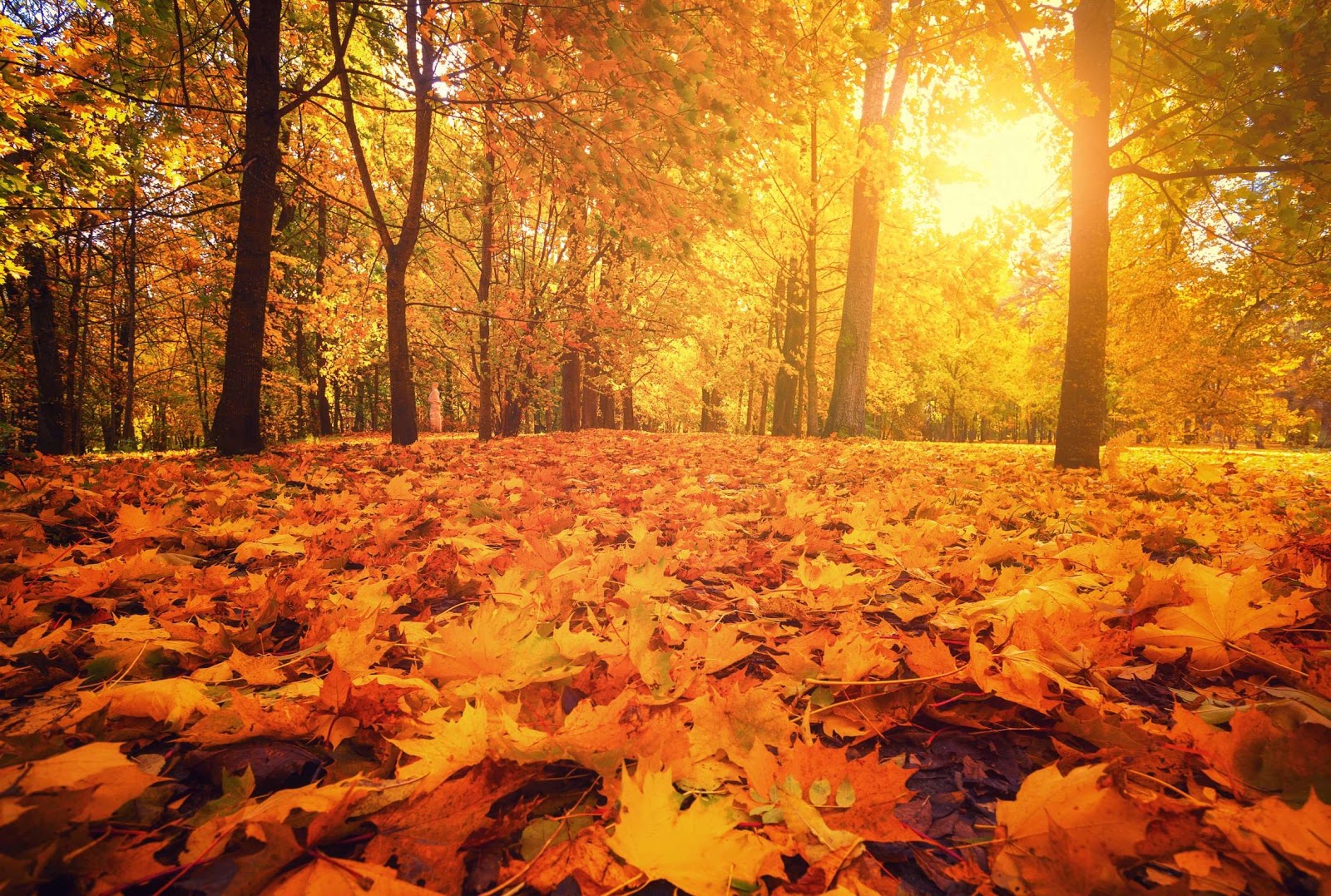In Western cultures, the true hallmark that designates the beginning of fall is not the shadows painted by ancient Mayan temples or earlier sunsets; it’s a far more contemporary phenomenon. For many people, the beginning of fall is heralded in by the arrival of the annual pumpkin spice latte. This iconic drink was first introduced by Starbucks in 2003 to none of the same hype it holds currently. Throughout the past several years, the pumpkin spice latte has skyrocketed in popularity– it is powerful enough to usher in the aesthetic of an entire autumn season even as people still snack on watermelons by their pool.
It has effectively pushed aside apple cider as the popular fall drink of choice. Starbucks and Dunkin’ Donuts released their autumn drink line (of which the PSL was the natural headliner) in mid-to-late August, symbolically ending the summer almost a full month early. Every year, soon after the pumpkin spice latte release, Halloween decorations begin to crop up in lawns across America and Instagram feeds become oversaturated with flannel shirts and pumpkin patches. The almost universal love of fall, and therefore everything pumpkin, is well documented. But why?
This article focuses on the staggering and other-worldly dedication to all things pumpkin, examining exactly how and why the phenomenon has exploded the way it has in the past several years. Multiple contributing factors are involved, as explored below.
Why Do We Love All Things Pumpkin?
It’s not that pumpkin-flavored items had never been popular before; the presence of pumpkin pie next to a turkey-filled Thanksgiving dinner is evidence of that. Within the past decade, the lukewarm reception that Starbucks’ pumpkin spice latte has turned into something fierce and passionate. As of 2017, Starbucks’ global communications manager proclaimed that over 200 million pumpkin spice lattes have been sold worldwide, and that number is without a doubt even higher three years later. One woman’s enthusiasm is so strong that she drinks between five and seven pumpkin spice lattes a week, and previously used to purchase up to fourteen of them within a seven-day period.
Since then, other companies have jumped on the seasonal bandwagon; Dairy Queen offers a seasonal pumpkin spice Blizzard and pumpkin flavored Cheerios line grocery store shelves (this article offers a list of things that would probably be considered overenthusiasm with the flavoring). The appeal does not stop at food products either; body care brand Native sells a limited-edition pumpkin spice deodorant every fall, and pumpkin scented candles fly off the shelves at retailers like Target and Bath and Body Works.
Sheer Economics
The simplest, most practical answer can be explained by simple supply-and-demand; the PSL and other pumpkin-flavored items are only available for a short (though increasingly lengthy) window of time at the end of the year. As previously stated, Starbucks and Dunkin’s fall drink lines are introduced in August and are heavily marketed all the way until Halloween. Those drinks are still available until after Thanksgiving, but the marketing switches over to the holidays by then. American consumers can only capitalize on the brevity of their favorite pumpkin-flavored items before they are cruelly snatched away for another nine months.

Tender Nostalgia
A more sentimental and heart-warming answer could be found in the emotions and feelings the PSL and its pumpkin-flavored companions elicit in human minds and hearts. After a long summer of heat, sunburns and sweat, the cool winds of autumn are a welcome reprieve. Not only do the days get cooler, but the arrival of those chilly winds also bring about uber-popular holidays like Halloween and Thanksgiving.
The beginning of fall usually signifies the beginning of activities such as kids going back to school, football games, trick-or-treating, bonfires, and pumpkin patches. All of these popular autumnal pastimes are a source of great memories for many people; pumpkin flavoring is very connected to these. Therefore, people are more likely to associate fall flavors with joyful memories (much like how people enjoy hot chocolate and eggnog at Christmas time). People associate the fall season with ultimate warmth and coziness, with pumpkin flavoring an added bonus to the overall feeling of snugness.
It’s Science, Baby
The more deeply scientific answer can be explained by pumpkin’s effect on our senses of taste and smell. Dr. John McGann from Rutgers University explains that most of what we associate as taste is actually smell. His research has shown that the sense of smell has a more direct connection to the portions of the brain that are associated with memory. When those tinges of pumpkin and nutmeg hit our nostrils, it sends the human olfactory (sense of smell) system into a frenzy that eventually leads back to our brain. This neurological overstimulation, combined with the aforementioned nostalgic-ridden atmospheres and cozy memories, can lead to everything pumpkin being associated with positivity in peoples’ lives, thus making the drive for them even stronger.

The pumpkin spice boom and its subsequent enduring enthusiasm by fanatics everywhere is the result of a heady combination of several contributing factors, including nostalgia, powerful spices and flavoring, supply-and-demand scarcity, and an olfactory overload. From a Western, cultural standpoint, its arrival also signals the (albeit somewhat premature) beginning of the holiday season, spanning from the beginning of September until after Christmas. The annual thrill of the arrival of all things pumpkin has not faded, and is likely to continue to last for a very long time. Before long, you might be able to enjoy an iced pumpkin spice latte with your Fourth of July barbecue.
